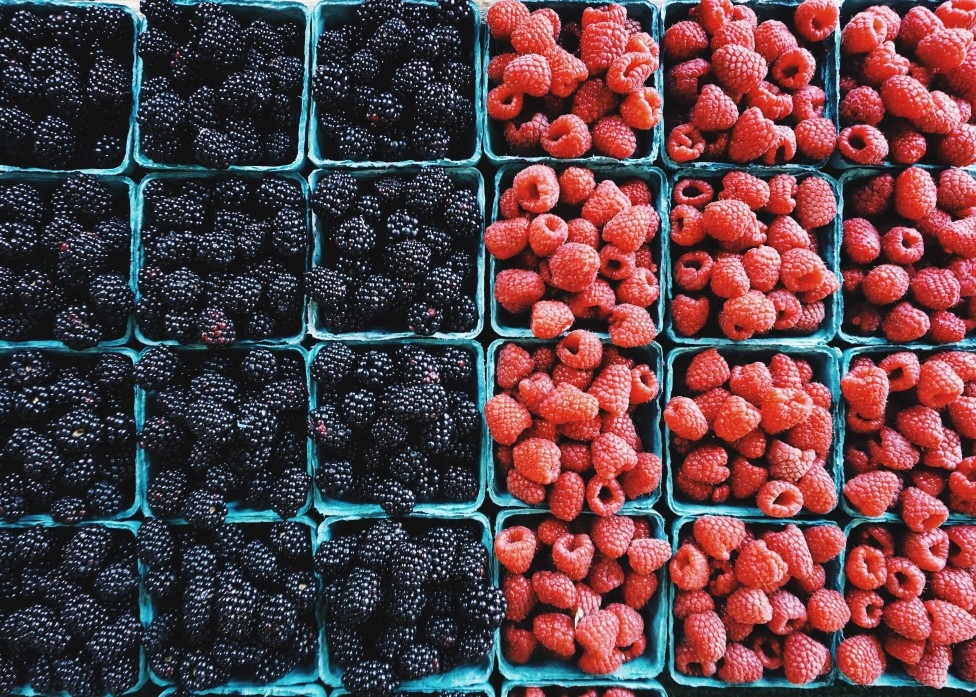Fight Inflammation with Your Grocery List

Let’s clear up a common misconception. Not all body inflammation is negative. Inflammation is a natural byproduct of your white blood cells battling bacteria or healing an ailment. It’s a good thing. The problem with inflammation is when it morphs from a healthy response in a well-functioning system to a chronic symptom lasting weeks or months after the injury. These rogue white cells turn on perfectly healthy organs and tissue, increasing your risk of heart disease, cancer, or rheumatoid arthritis, among other diseases. The good news is that an anti-inflammatory diet can decrease unhealthy inflammation. Let’s do a grocery overhaul to identify what you need to buy or get rid of.
The first step is to stock up on foods that contain good sources of antioxidants. These molecules work akin to a vacuum cleaner, ridding your system of an overabundance of free radicals. Left to run amok, these free radicals can wreak havoc on cells increasing the threat of (you guessed it), inflammation.
Antioxidants are found naturally in many whole fruits such as berries, vegetables such as kale and broccoli, and in beans. A good tip to ensure you are eating a broad range of nutritious food is to use the rainbow as your inspiration. Your plate should hold an array of bright colors.
One more thing! Omega-3 fatty acids are also key to an anti-inflammatory diet. So, let’s add food that contains them in abundance: nuts such as walnuts, seeds (flax or chia do the job) and fish (salmon, tuna, or mackerel).
Now that your grocery list is made, clean out your cabinets to ensure you don’t have inflammatory foods lurking in your pantry to test you late at night. The primary culprits are sugary, processed foods. These snacks contain unhealthy fats linked to inflammation. They include soda, cereals, and deep-fried foods. The next target? Alcohol. Excessive amounts of your favorite beer or wine can lead to gut inflammation. Too much alcohol also leads to dehydration, another contributor to the inflammation dilemma. And for the sake of caution, let’s cut down on the amount of red meat in your house. Why? The high levels of saturated fat in that steak or burger are magnets for inflammation.
You’re moving in the right direction. Don’t you feel healthier already? The best part is that an anti-inflammatory diet promotes the same ingredients you would select if eating nutritiously (bonus!). Instead of ganging up on inflammation as the “bad guy,” let’s support this vital activity by clearing the way for inflammation to do its job.
SOURCE: United Benefit Advisors (UBA)

 Prev
Prev

